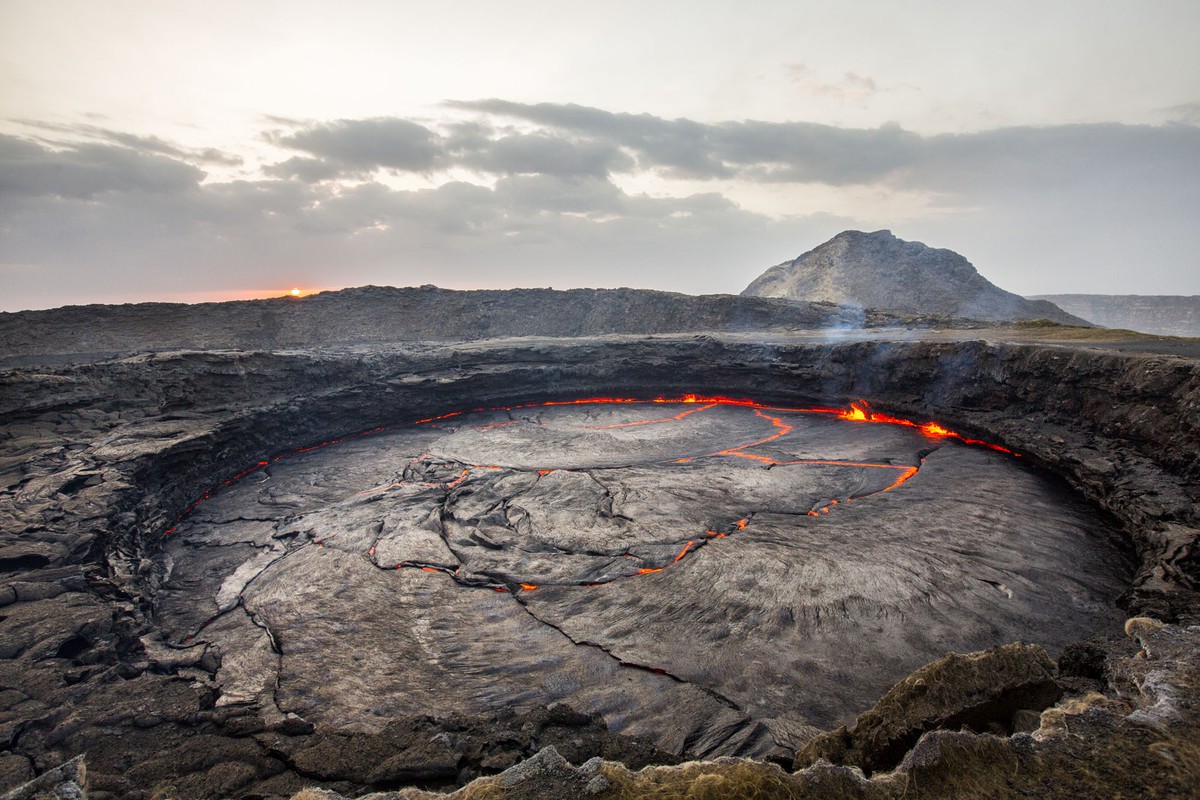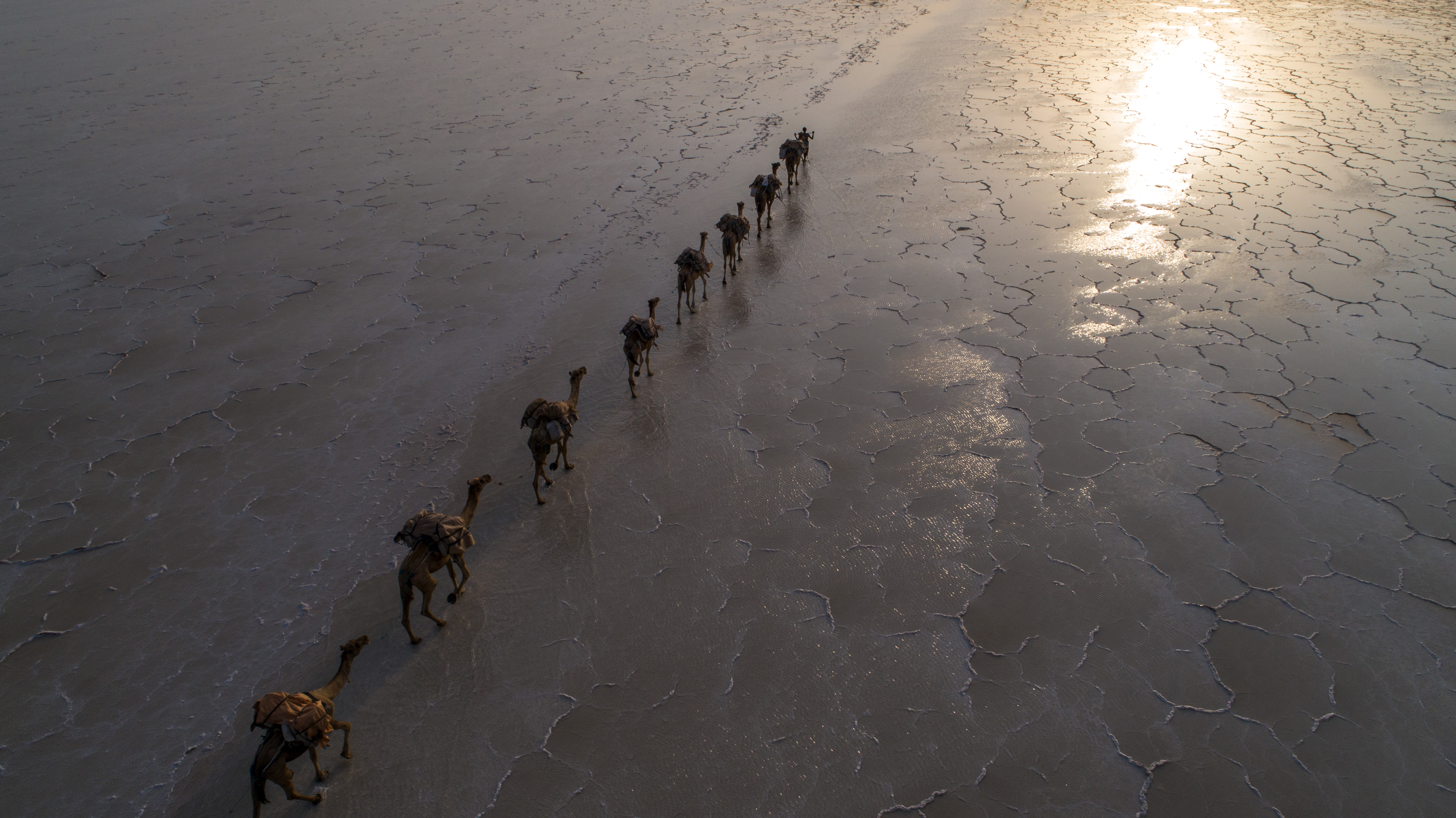Lower Valley of the Awash
0/5 Not rated 0 reviewsDescription
Hadar is one of the iconic places of Ethiopia with paleontological discoveries. The Hadarpaleontological discoveries include partial skeletons of Australopithecus afarensis, a key species in human evolution. Major paleontological work began at Hadar in the early 1970s and was led by the American anthropologist Donald Johanson. His team discovered a 40-percent-complete female skeleton of Australopithecus afarensis that became popularly known as Lucy. Dated to 3.2 million years ago, the remains provided further evidence that, in human evolution, walking on two legs (bipedalism) preceded increased brain size. The pelvis and leg bones indicate upright posture, but the skull bones reveal a limited cranial capacity similar to that of modern chimpanzees. The Australopithecus afarensis-bearing levels at Hadar range from 3.4 to 2.9 million years old and include more than 200 fossils from a single site (Afar Locality 333), representing at least nine adults and four juveniles deposited at the same time. The site has also yielded the earliest known remains of the human genus, Homo, which dates to 2.3 million years ago, along with some of the earliest known evidence of tool use.
What to See
People come here to witness where the amazing fossil of Lucy and other important hominid skeletons discovered. Apart from its invaluable potential for paleontological discoveries, the geographical feature of the area is appealing and eye-catching. The Awash river bed in the vicinity of the Hadar paleontological site keeps important biodiversity.
Getting There
Hadar can be accessed both by flight and surface drive. Ethiopian Airlines has a scheduled flight to the regional capital Samara. From Samara you can drive southward towards Kombolcha. En route there is a small town called Eli wuha which is the turning junction to the paleontological site of Hadar. Visitors also can reach Hadar both from Addis Ababa and the Danakil depression. If you are coming from Addis Ababa, Addis Ababa- kombolcha route (370 km ) is the better option.
Getting Around
Local guides and community leaders will take you around on the paleontological sites and the Awash river bed. walking is the only way to get around in Hadar.
Accommodation
If you need to spend a night in Hadar you need to bring camping materials, camp organizers, and your own food. But if you decide to spend a night in Samara or Kombolcha there are standard lodging facilities to stay in.
Attractions
- UNESCO World Heritage Sites




